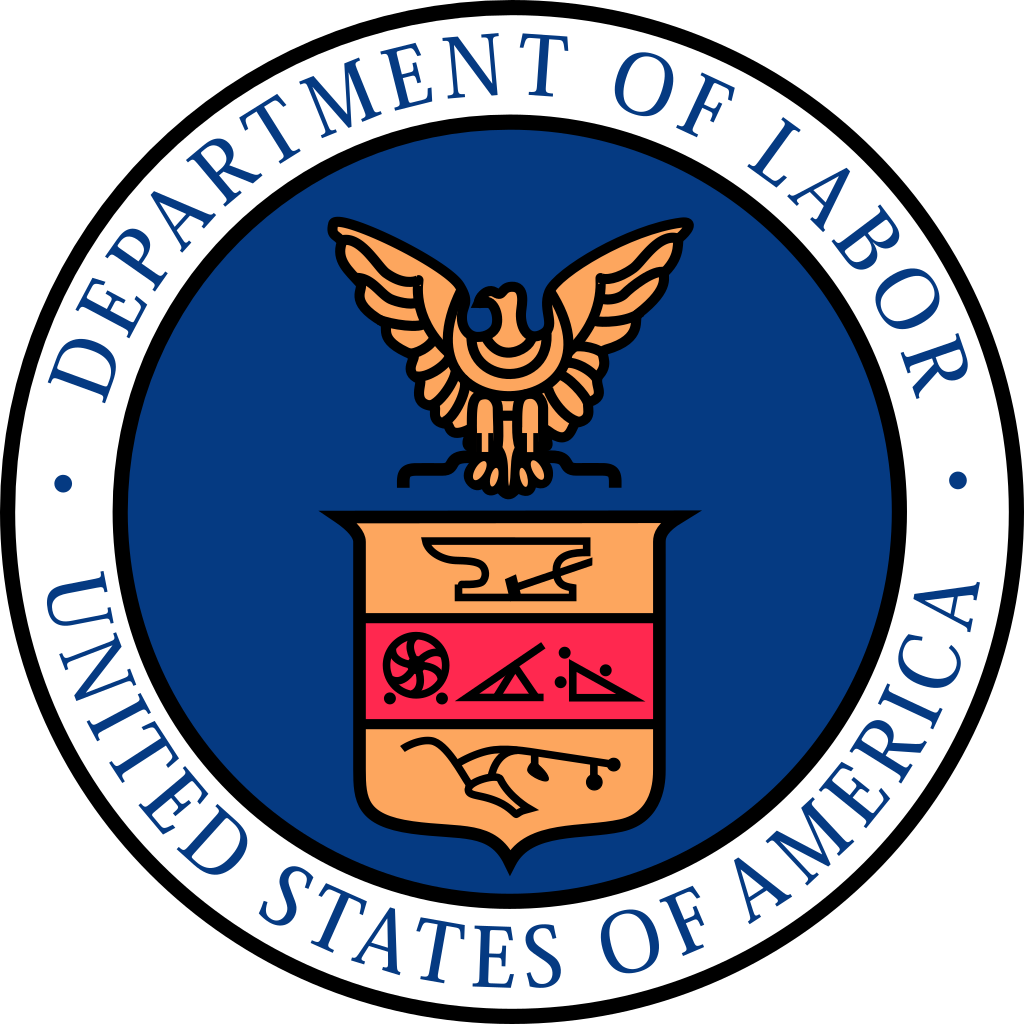
Over the past week, the Department of Labor's announced proposals for significant (and much needed) regulatory updates to the definitions of "regular rate" and "joint employer".
The DOL proposed an update to the definition of "regular rate" under the Fair Labor Standards Act.
The proposal would permit employers to exclude the following from an employee's regular rate of pay:
- the cost of providing wellness programs, onsite specialist treatment, gym access and fitness classes, and employee discounts on retail goods and services;
- payments for unused paid leave, including paid sick leave;
- reimbursed expenses, even if not incurred “solely” for the employer’s benefit;
- reimbursed travel expenses that do not exceed the maximum travel reimbursement permitted under the Federal Travel Regulation System regulations and that satisfy other regulatory requirements;
- discretionary bonuses;
- Benefit plans, including accident, unemployment, and legal services; and
- Tuition programs, such as reimbursement programs or repayment of educational debt.
This change, if finalized, would be significant, as it would exclude these items of compensations from non-exempt employees' overtime pay. According to the DOL, this change is needed to encourage employers to offer more financial perks to their employees, as, under the current rules, employers don't offer these perks out of a fear that it will lead to increased overtime pay. You can read the full proposed rule change here.
Secondly, the DOL proposed a new four-factor test to determine whether two entities are joint employers over the same employees. Under this proposed new test, to qualify as a joint employer, the entity would have to "actually exercise the power" to:
- hire or fire employees;
- supervise and control employees' work schedules or conditions of employment;
- determine employees' rate and method of payment; and
- maintain employees' employment records.
This change, if finalized, would also be significant, as it would limit a potential joint employer's exposure for wage and hour liabilities of the primary employer. You can read the full proposed rule here.
Both of these rules are open for public comment for 60 days. Stay tuned, as if these become final, they represent key changes to employers' wage and hour responsibilities.
